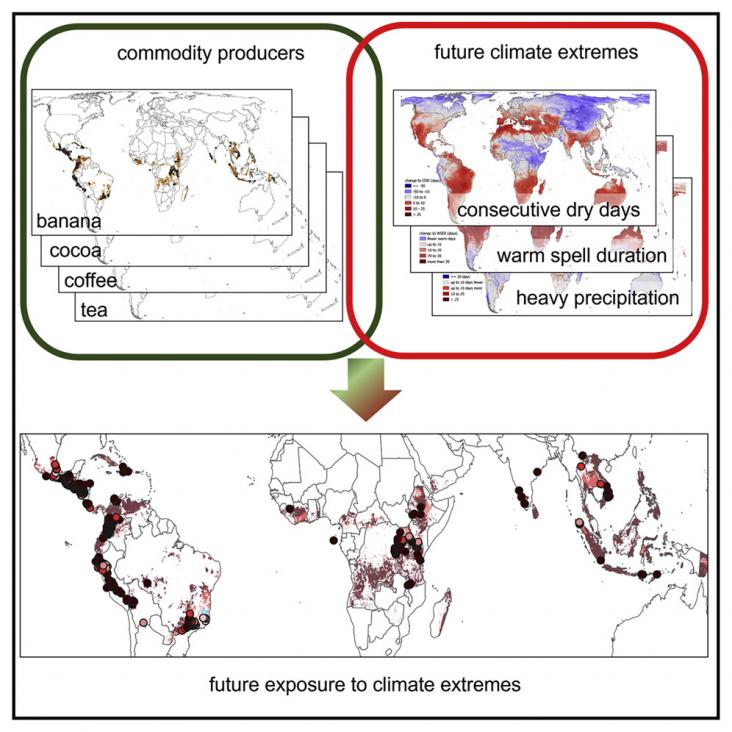Food insecurity, defined as insufficient access to nutritious foods, is a social determinant of health that may underpin health disparities in the US. American Indian and Alaska Native (AI/AN) individuals experience many health inequities that may be related to food insecurity, but no systematic analyses of the existing evidence have been published. Thus, the objective of this scoping review was to assess the literature on food insecurity among AI/AN individuals and communities, with a focus on the prevalence of food insecurity and its relations to sociodemographic, nutrition, and health characteristics. Based on the review, recommendations for future research were derived, which include fundamental validity testing, better representation of AI/AN individuals in federal or local food security reports, and consideration of cultural contexts when selecting methodological approaches. Advances in AI/AN food insecurity research could yield tangible benefits to ongoing initiatives aimed at increasing access to traditional foods, improving food environments on reservations and homelands, and supporting food sovereignty.
This article brings us a step closer to bringing clean drinking water to the world by detecting key harmful microbes.
Future sustainable food systems should more efficiently use natural resources and reduce food waste.
This paper highlights that despite living in a rich biodiverse food environment, there was poor access to diverse food sources and suboptimal consumption of balanced diets among Munda tribal women, thus contributing to high nutrient inadequacies. However, women who had better Indigenous Food (IF) consumption and dietary diversity demonstrated better nutrient intakes, especially for micronutrients. The paper is specific to Munda women of Jharkhand and may not be generalizable but the factors that affected the food consumption and nutritional status in this community, could help in understanding the contribution of the IF environment in addressing malnutrition of other indigenous communities living in similar geographical terrains of India.
Edible macroalgae (i.e., ‘seaweeds’) are a nutritious and sustainable alternative to animal-based proteins.

Big Earth Data infrastructure must further condense and abstract common workloads and application models with consideration for the features of Big Earth Data and the typical needs of SDG-related applications.Systems should be designed and built based on benchmarks, with integration and scheduling of services and resources as a central focus (e.g., high-performance, high-throughput, intelligent computing and cloud services). Focusing on transparent data access and efficient data circulation will help integrate software and hardware for increased performance, capacity, and flexibility.
This article contributes to the debate around the use of participatory approaches by giving a tool (cameras) to the most marginalized to revitalize traditional foods (mostly nonmarket and even noncultivated) as a response to food insecurity and possibly malnutrition.

The paper shows that future global wheat prices will exhibit steeper spikes at 2°C global warming despite a 1.7% increase in production, increasing inequalities.

Analysis of how drought, heat stress, and heavy precipitation could affect over 1.6 million producers within the Fairtrade supply chain by 2050.
An Article in support of SDGs 2, and 3, assessing the impact of incorporating dietary assessment in 10 year absolute risk charts for atherosclerotic cardiovascular disease.
